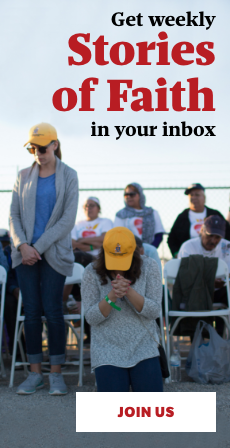When he is first learning about Jesus, Nathaniel asks his famous question in John 1:46 about the Messiah’s hometown: “Can anything good come from Nazareth?”
Today, as we have come to learn about the origins of Pope Leo XIV, some question, “Can anything good come from Dolton, Illinois?”
Humble beginnings don’t disqualify. They empower. This has been Catholic Extension Society’s foundational belief since our origin in 1905, as we support poor or seemingly insignificant places and regions across America. The periphery is not a liability. Rather, it is the setting for some of God’s greatest work.
Take Pope Leo XIV’s boyhood home at 212 East 141st Place in Dolton, Illinois.

It is, by anyone’s reckoning, a humble place.
The first thing one might notice are the bricks—Chicago Common Bricks used in the construction of thousands of bungalows across the city and its suburbs. These bricks are as unpretentious and tough as the people they shelter.
The pope’s boyhood neighborhood was as blue collar as it gets. Dolton was near car assembly plants, steel factories and small manufacturing businesses. And churches. As Pope Leo XIV grew up, the neighborhood revolved around Catholic churches, places that people trusted for spiritual nourishment, education, moral grounding, service and identity.
But Pope Leo XIV’s journey calls up a certain word that Catholic Extension Society has always attributed to the thousands of faith communities we support: potential. These are places full of potential.
As our president, Father Jack Wall, is fond of saying, “Build up vibrant communities of faith, and just watch what happens.”
In the Vatican, Pope Leo XIV will be surrounded by Carrara marble and frescoed walls. But not to worry. He knows where he comes from. His collar is true blue. His humility is like Chicago Common Bricks, practical and resilient, meant to care for the 1.4 billion Catholics that God has entrusted him to shepherd.
How the missionary spirit converts us
When called by God, we are first prepared, then we are sent out. Shortly after he was ordained through the Augustinian Order in Rome in 1982, Pope Leo’s own mission journey took him to South America. Then-Cardinal Prevost reflected on the impact of this experience during a talk at St. Jude Catholic Church in New Lenox, Illinois, just last year.
“The part of my ministry that most shaped my life was Peru. I was there for over 20 years total,” he said..
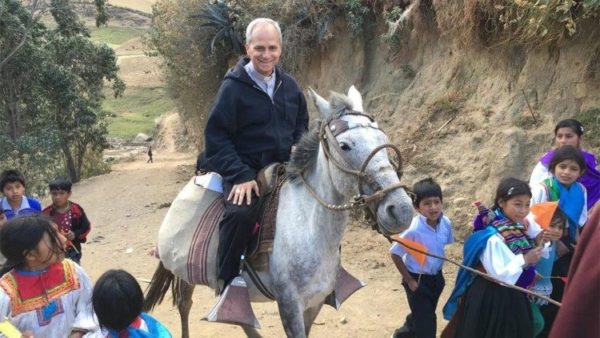
When we think about missionary work, most of us think about the good that the missionary will give or bring to others. But we don’t often think about the good that the poor will give to the missionary—how that missionary will be transformed into a different person.
When we go to the peripheries, special things happen. Our hearts are engaged. Christ in us rises up. God’s loving intention becomes manifest in us, and we are more deeply converted.
Pope Leo XIV upholds this notion. In his first formal address to the College of Cardinals he called for “the missionary conversion of the entire Christian community.” Not the conversion of non-Christians. The conversion of us.
This two-way transformation has been the guiding principle of Catholic Extension Society from the beginning. When we work in solidarity among the poor in the poorest regions of America, we are transformed. Our faith becomes more vibrant. In short, our missionary work converts us.
What’s in a name?
A proper name does double duty. It looks both backward and forward.
When we choose a name, we usually have someone in mind, someone whose values, orientation and impact have shaped us. By choosing their name, we honor their history.
A name also looks forward. It is our promise to continue their history and apply their legacy in a new time and place.
To understand the name “Pope Leo XIV,” we must look backward to Leo XIII. Pope Leo XIII was the author of “Rerum Novarum,” a groundbreaking encyclical published in 1891 that addressed the social and economic issues of the late 19th-century industrial era and the Church’s role in promoting social justice. The encyclical sought to defend the dignity of all workers, such as those toiling away in factories and mines for meager wages, during an industrial age when there were few rights and protections for workers. Pope Leo XIV chose his name because Leo XIII objected to the exploitation of laborers, such as these coal miners photographed in 1910 in California
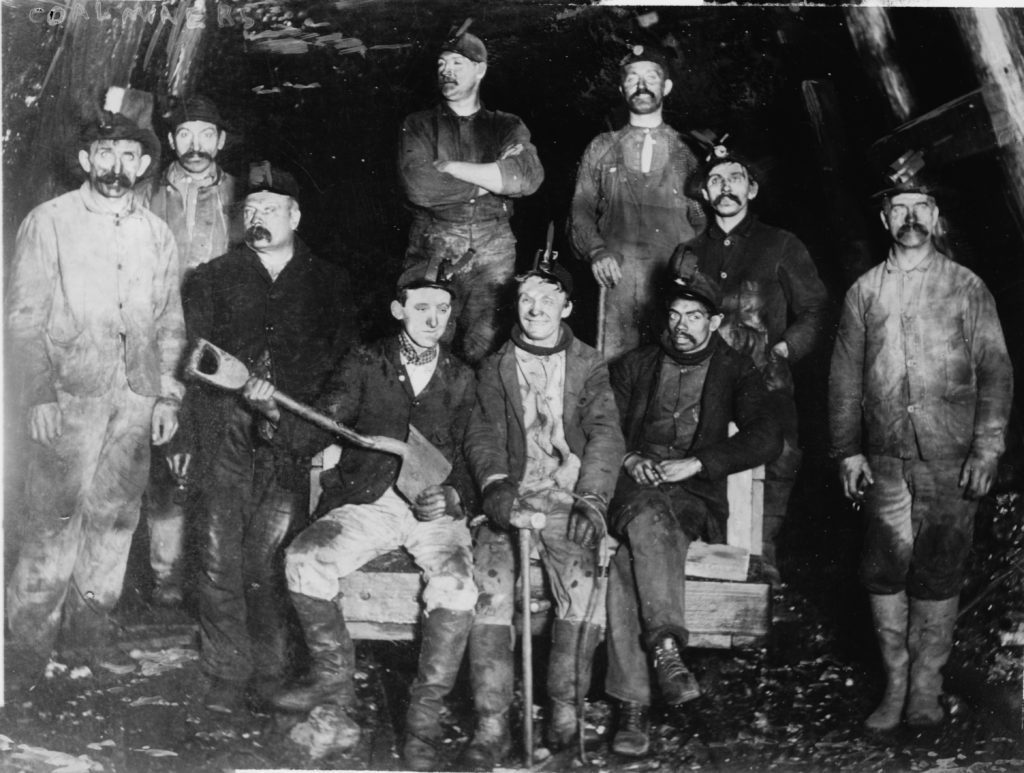
“The first thing of all to secure is to save unfortunate working people from the cruelty of men of greed, who use human beings as mere instruments for money-making. It is neither just nor human so to grind men down with excessive labor as to stupefy their minds and wear out their bodies,” wrote Pope Leo XIII.
In choosing his name, Pope Leo XIV’s intentions could not be clearer. Although their worlds were different, the two popes share the same Gospel call to care for the powerless—those most threatened by exploitation and violence in a changing world that often tramples the dignity of the weak.
Speaking to the College of Cardinals in his first address, Pope Leo XIV said, “In our own day, the Church offers to everyone the treasury of her social teaching in response to another industrial revolution and to developments in the field of artificial intelligence that pose new challenges for the defense of human dignity, justice and labor.”
By choosing the name “Leo,” the new pope will help us “hear” “Rerum Novarum” again.
Peace be with you
When Pope Leo XIV was a young priest in Peru, he sometimes had to be escorted to church to celebrate Mass on Sundays to protect him from potential violent attacks.
In the late 1980s the Catholic Church in Peru was suffering from bombings, beheadings and assassinations perpetrated by guerillas. Nuns were abducted. Churches were bombed. Local priests had to dress as townspeople to shield their identities. Going to church was, for everyone, an expression of deep devotion and steadfast courage.
Then-Father Provost responded to this terrible persecution armed with something far more potent: the Beatitudes. He and his people helped feed the hungry, provided shelter for those who had to flee their homes, found jobs for the displaced, visited the imprisoned and cared for the orphans.
His actions endeared him to the hearts of the Peruvian people and guaranteed that they would always have a special place in his heart.
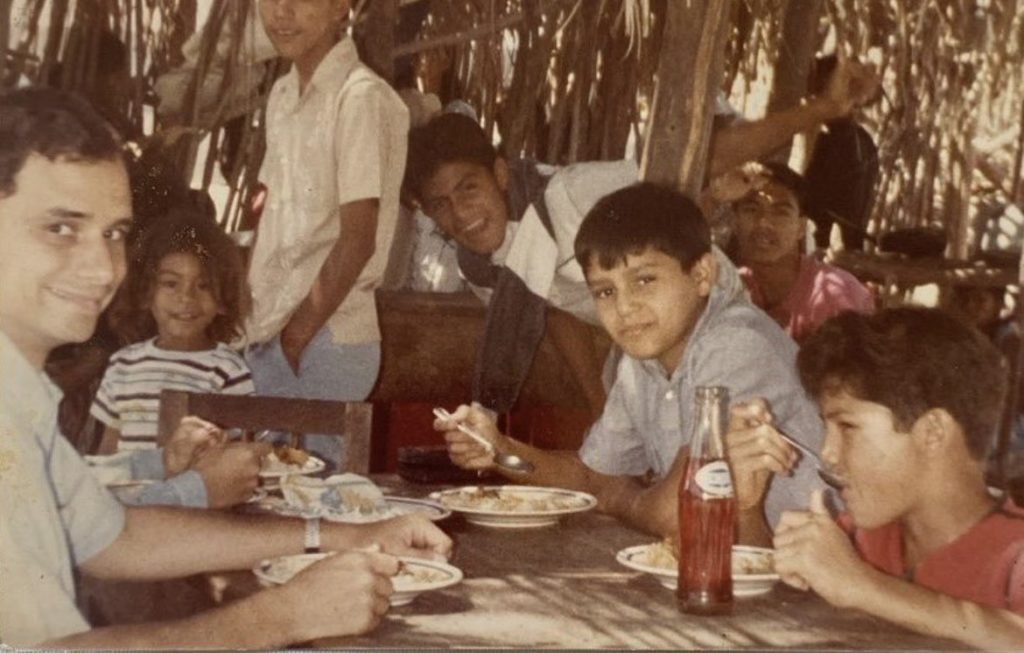
There are very few priests in the U.S. who have experienced this sort of life-changing formation. How will this shape Pope Leo’s papacy? It is not hard to hazard a guess.
On May 8, when he came out on the balcony, the first words Pope Leo spoke to the world were, “Peace be with you.”
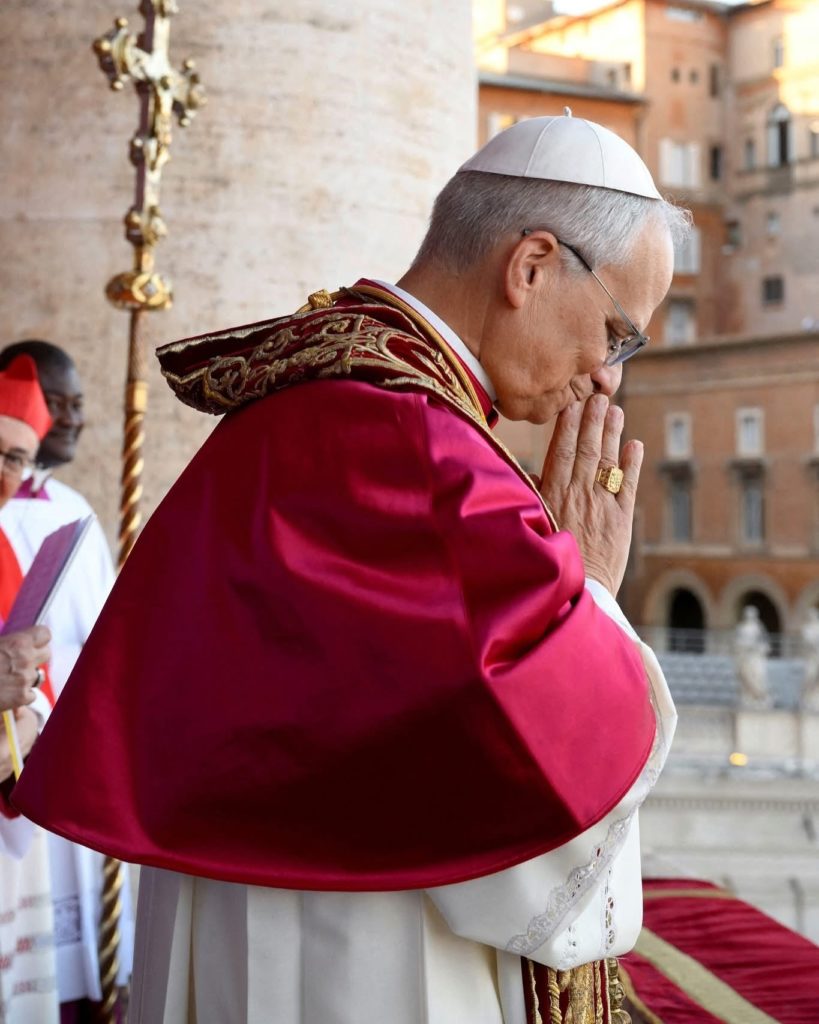
In his first Sunday blessing, the pope called for unity in the Church and appealed to the world’s major powers for peace. And he has steadfastly called for peace in Ukraine and Gaza and even offered the Vatican as a place for ongoing peace negotiations.
Only someone who has been the target of violent persecution and walked with his people through the trials of terrorism understands what a profound gift that peace is to a troubled world, including in our own country where so many people and communities have been personally impacted by the scourge of violence. God has sent us the gift of Pope Leo XIV, at this exact time, to lead the efforts to make the Catholic Church a channel of peace in a troubled world.
Catholic Extension Society is eager to see how the new Holy Father, formed by his humble origins in the U.S. and his missionary experiences abroad, will guide the Church and the world toward a hopeful future, and how his words will reach into the hearts of people in this country and around the globe.
Catholic Extension Society works in solidarity with people to build up vibrant and transformative Catholic faith communities among the poor in the poorest regions of America. Support our mission here.
Cover image: REUTERS/Guglielmo Mangiapane
